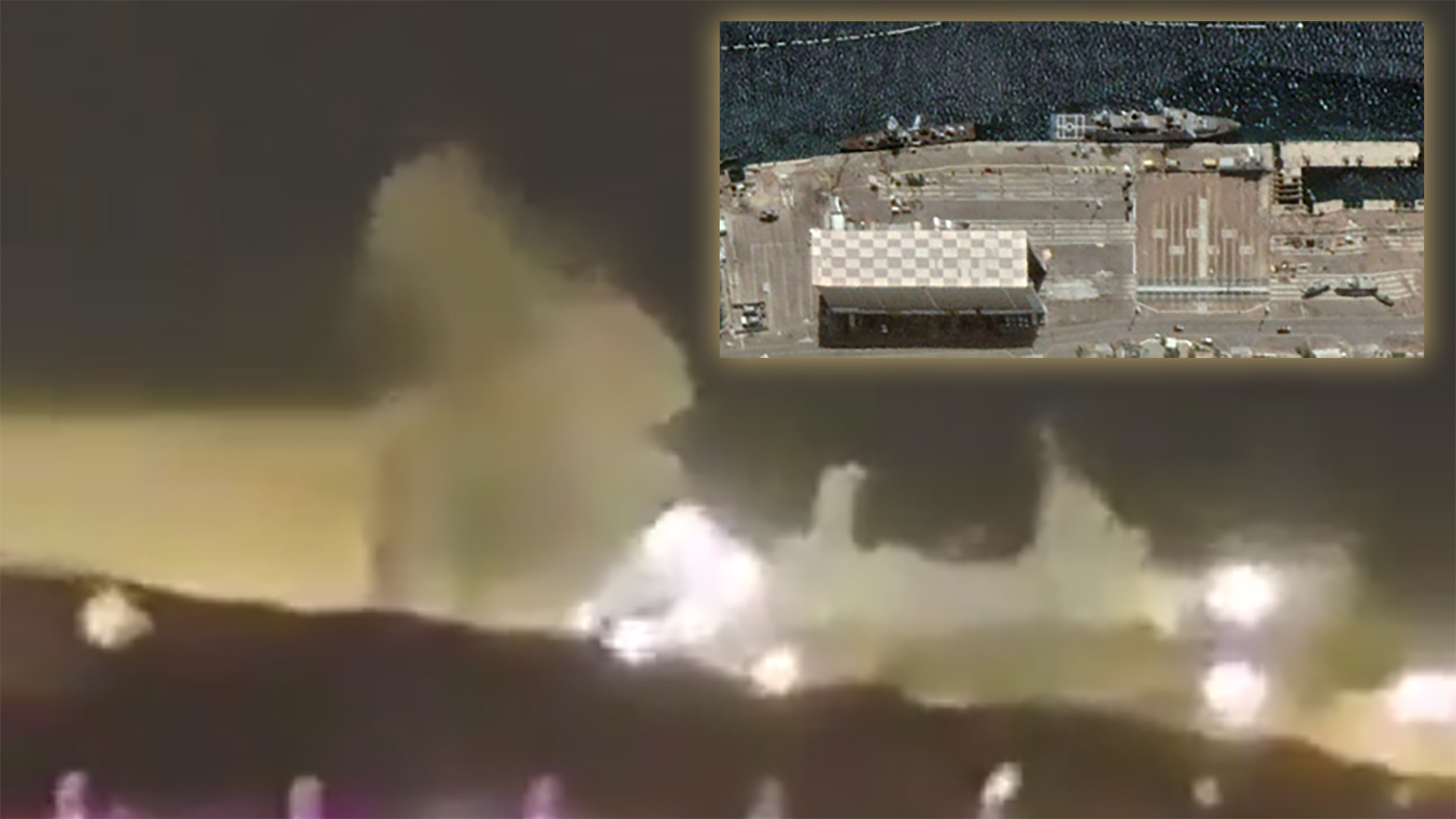One of Israel’s prized Sa’ar 6 class corvettes, the country’s most advanced warship, came very close to being struck by a long-range one-way attack drone that was launched from Iraq. The ship was sitting docked in Eilat, on the Gulf of Aqaba, when the drone came screaming in, impacting a large warehouse building on the pier beside it.
After the drone hit Eilat, there was a separate and unprecedented Israeli airstrike on a building next to the Iranian Embassy in Damascus, Syria, which killed top Iranian commanders in the region. We are now likely to see many more of these highly targeted long-range attacks from Iranian proxies in the hours and days to come.
Imagery from the morning after the night-time attack on Eilat shows the damage done to the pier-side structure, with an older Sa’ar 4.5 still in port across from it. The Sa’ar 6 can be seen in a video filmed from a distance of the actual attack which indicates it was the intended target. Striking Israel’s most advanced warship would certainly have been a major victory for the Islamic Resistance in Iraq, an umbrella organization of Iranian-aligned militias, under which is said to have launched the drone.
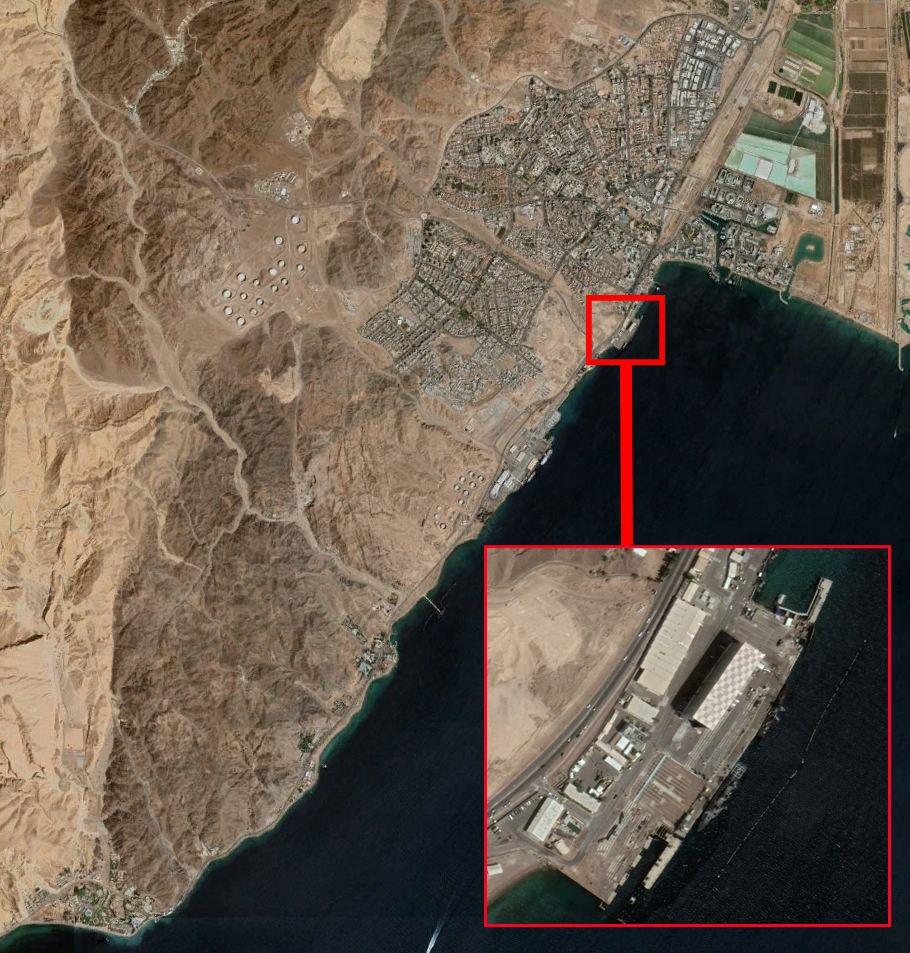
“This is a very serious incident,” Rear Adm. Daniel Hagari, an Israel Defense Forces (IDF) spokesperson, said about the strike on Eilat, according to The Times of Israel‘s Emanuel Fabian. Hagari further said that the drone was “made in Iran” and the attack was “directed by Iran.” In a post on X, Fabian added that he had been told “that the IDF is learning from the incident to improve its air defenses in the Eilat area.”
Israel’s Sa’ar corvettes are critical assets in the Red Sea more than ever as Iranian-backed Houthi militants in Yemen have launched repeated long-range attacks at Israel via the southern vector. Houthi drones and missiles have often flown over or near the Red Sea on the way to their intended targets to the north, although very few have made it to them. The bulk of these attacks were rebuffed by U.S. Navy warships operating in the northern Red Sea. Since then, American and other coalition naval operations have moved south to deal with the crisis around the Bab el-Mandeb Strait. It isn’t clear what external support still exists for defeating long-range drone and missile attacks against Israel via the Red Sea. The Israel Defense Forces (IDF) have used their own air defenses, including everything from ballistic missile interceptors to fighter aircraft, to counter these lower-volume attacks.
The Sa’ar ships are multirole weapons and the newer Sa’ar 5 and Sa’ar 6 class types are capable of deploying Iron Dome at sea, which you can read more about here. They also provide intelligence to Israel’s larger integrated air defense system — the most capable and dense system of its kind on Earth. You can read all about the organization and features of the IDF’s counter-air umbrella in this past feature.
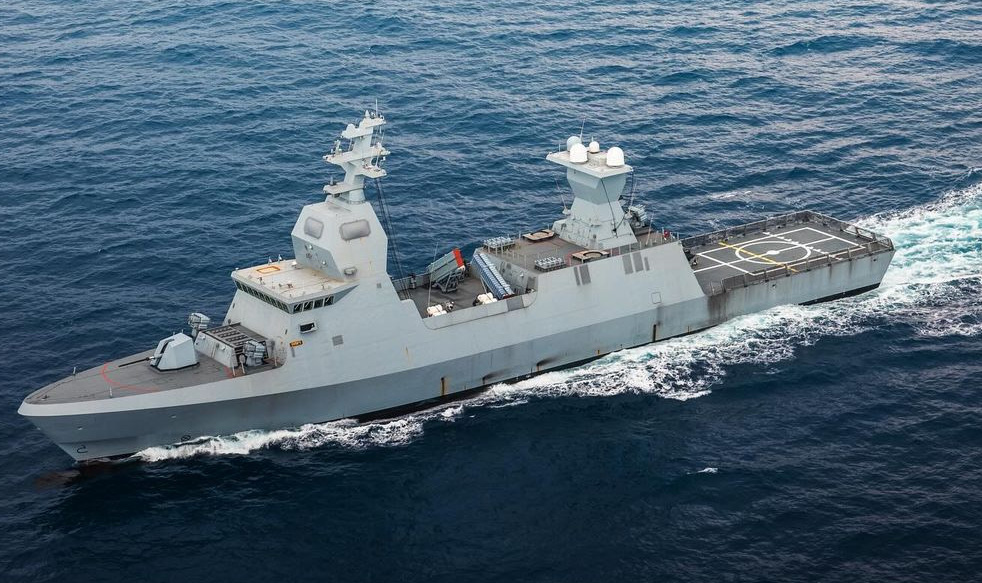
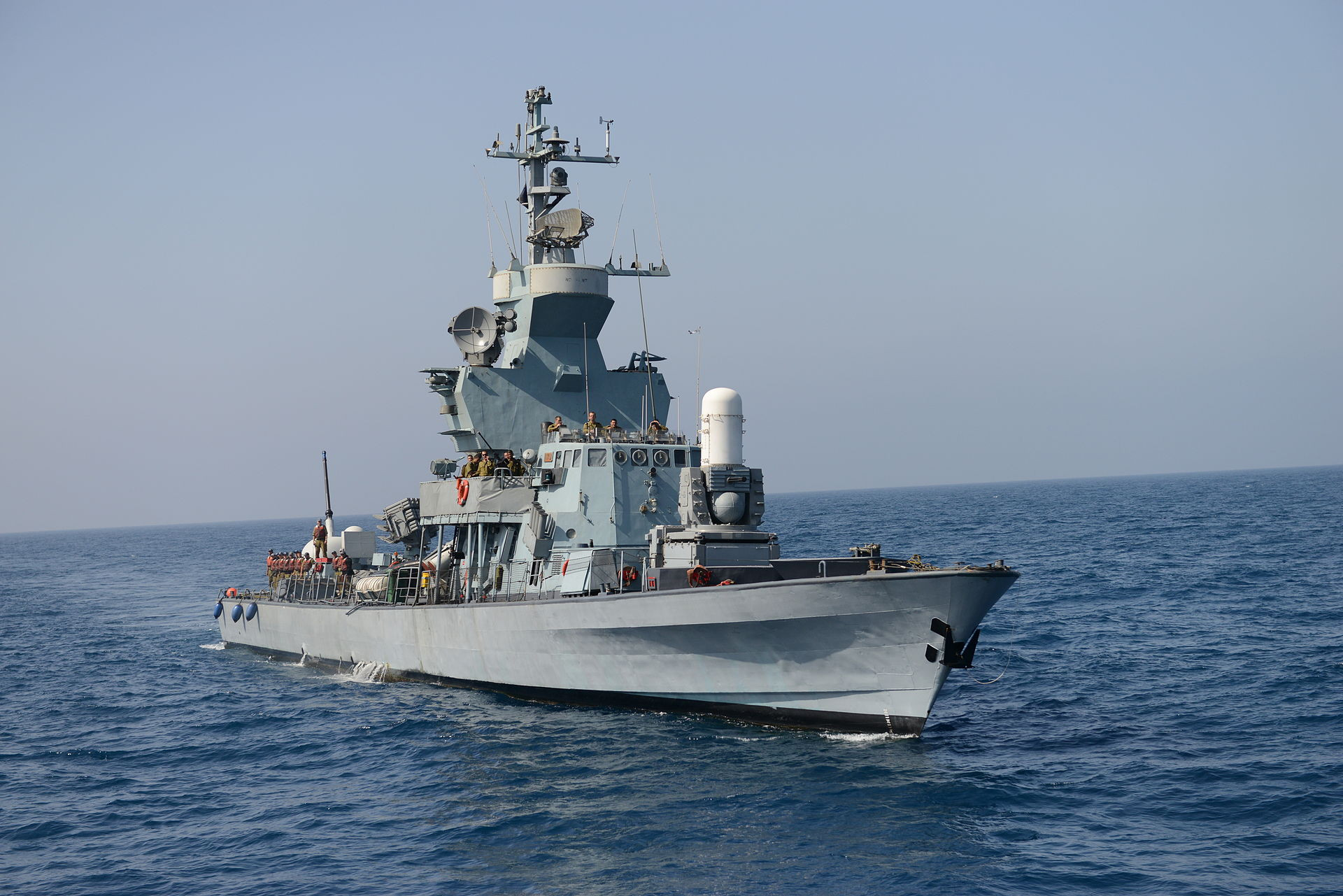
The fact that the drone made it to its target area successfully is quite concerning and launching it out of Iraq would provide a unique vector of attack. These drones can also fly circuitous routes to their targets, using an autopilot to reach a set of coordinates that they will dive onto and detonate. The distance between the southwestern border of Iraq and Eilat is just over 300 miles, at the shortest. The drone would also have had to fly over Jordan or Saudi Arabia to reach its final destination.
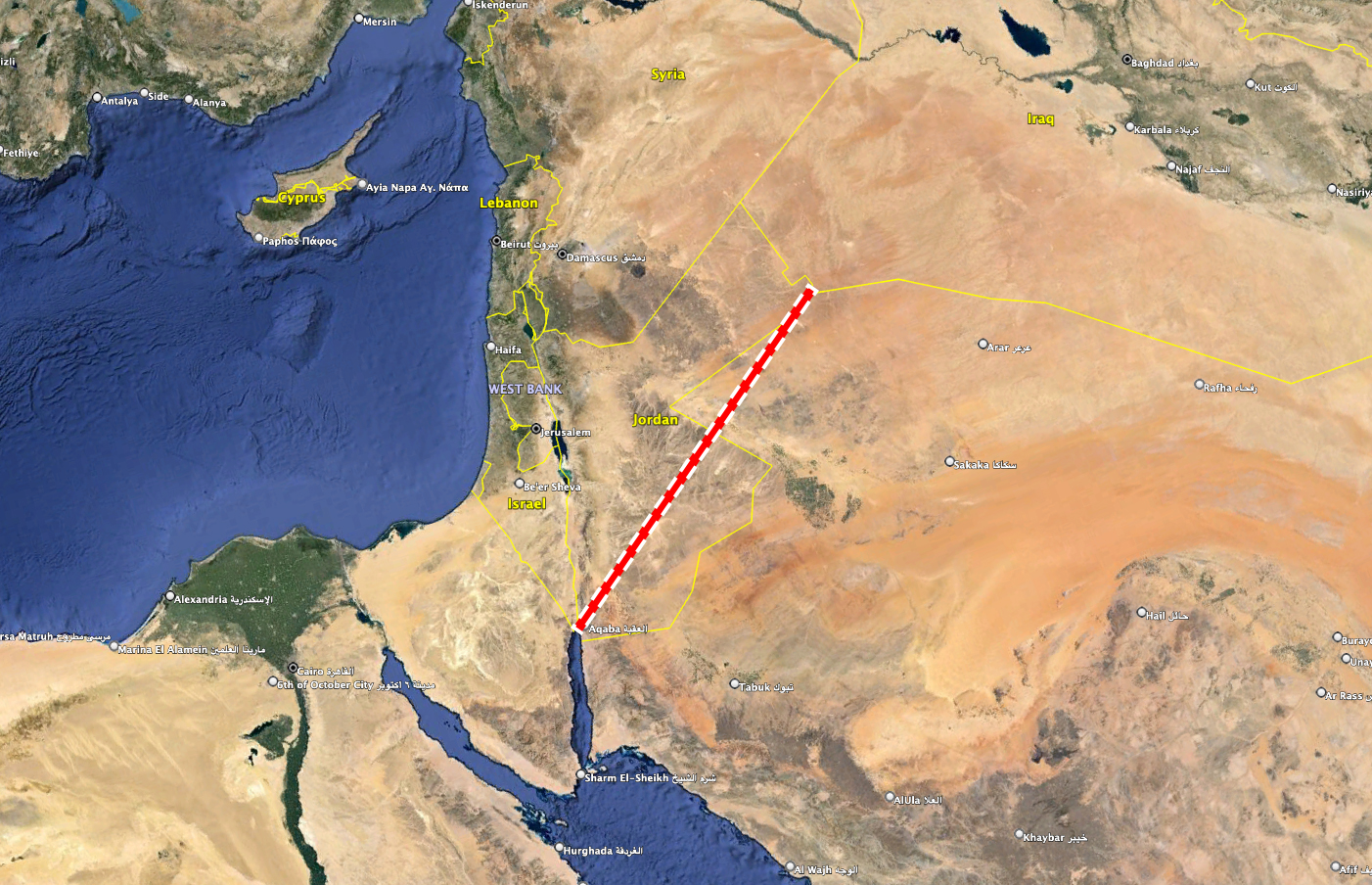
The exact type of drone used is unknown, but these extremist militias pack an increasingly capable arsenal provided in large part by Iran, which includes ballistic missiles. This is the same hodgepodge of groups that have repeatedly attacked American interests in Iraq and Syria, which resulted in a set of reprisal strikes by the United States. Since that response, which saw widespread destruction on certain sites, the attacks have subsided.
The latest attack on Eilat is also significant as it is very clear what was targeted and shows a level of sophistication on the part of Iraqi militias that is concerning. Ships are at their most vulnerable in port. Israel’s relatively small but potent Navy needs every hull it has and especially those of its most advanced class.
The Islamic Resistance of Iraq, like the Houthis, states that its recent expanded attacks are in direct response to Israel’s assault on Gaza. While Tehran has tried to distance itself from the group’s actions when convenient, there is no doubt as to the deep connections between the two. Iran’s Islamic Revolutionary Guard Corps (IRGC), in particular, funds and supplies weapons and training to the groups placed under this collective banner. The timing of an Israeli airstrike today in Damascus, arguably the most brazen of Israel’s campaign of airstrikes against Iranian interests in Syria, is also very interesting. It came after the attempted hit on Israel’s corvette, with an air-to-ground weapon blasting a consular building right next to the Iranian Embassy in Syria’s capital Damascus.
The strike is said to have killed three top IRGC commanders, including Mohammad Zahedi, the top Quds Force commander in the region. Iranian ambassador to Syria, Hossein Akbari, has stated that at least five people were killed in the strike and that Tehran’s response would be “harsh,” according to Reuters. The Quds Force is the external operations branch of the IRGC.
It isn’t clear if these two attacks are tied in any way, and they are unlikely to be directly, but they are both significant escalations, with the attack in Damascus being a huge one that is likely to have consequences that will echo for some time — some of which will likely be the activation of proxies in the region, including in Iraq, to send many more drones at key targets in Israel. And of course, Iran has Hezbollah in Lebanon which, if fully activated, could open up a new and extremely volatile front on this now six-month-long war.
UPDATE: 5:46 PM EST—
Robert Tollas pointed out that a video from over two years ago shows a drone strike on an elaborate mockup of Israeli Navy facility in Eilat and the Sa’ar 6 in the exact same position as it was seen in the video of the actual strike.
Iran has a long history of making highly elaborate mockups of everything from aircraft carriers to nuclear sites and destroying them with their latest weaponry. There is major propaganda value in such spectacles, but also real developmental advantages to executing such drills, as well. This is especially so for testing how weapons with increasingly autonomous capabilities will spot and engage their intended targets. This is particularly relevant for long-range drones that will be increasingly using autonomous targeting to fine-tune their terminal attacks or pick targets out by themselves altogether. You can read all about this in our deep dive here. The development of long-range missiles with imagining infrared seekers and even millimeter-wave radar seekers can also benefit greatly from this type of real-world testing. Iran is actively perusing all these capabilities.
It’s also worth noting that in the video, one drone did strike the warehouse/boathouse-like facility exactly where it was struck in this recent attack. It could be possible that another drone intended for the Sa’ar-6 never made it to its target. It would be odd to choose to strike a large hangar-like building alone over Israel’s top-of-the-line warship.
Contact the author: tyler@twz.com
